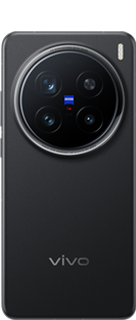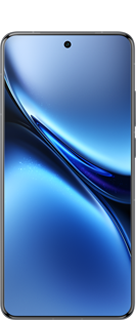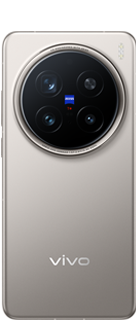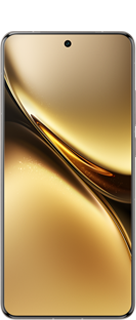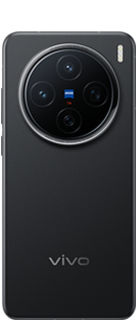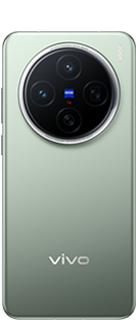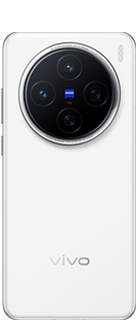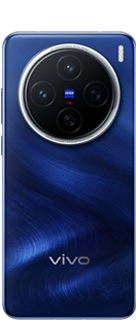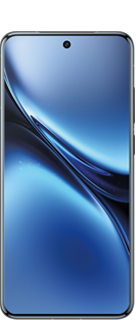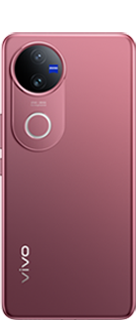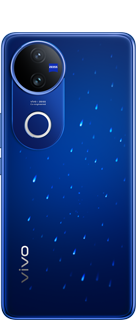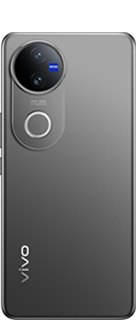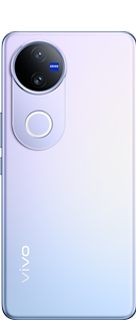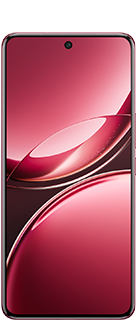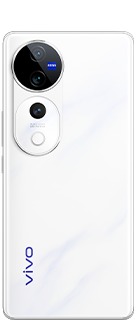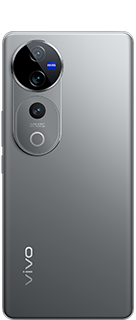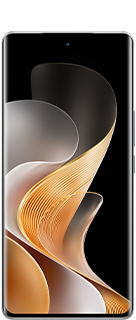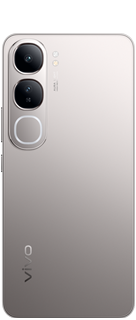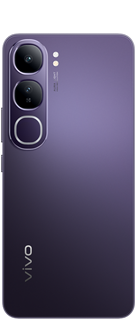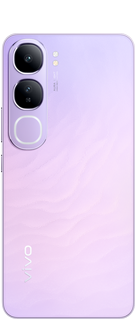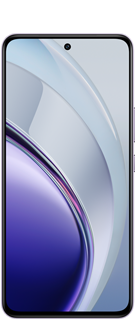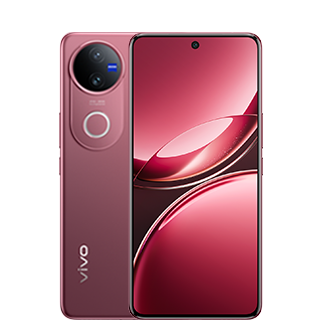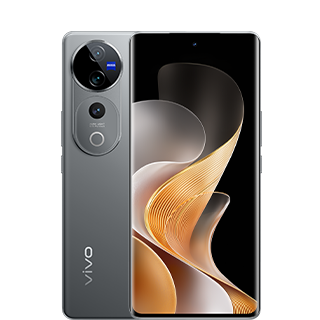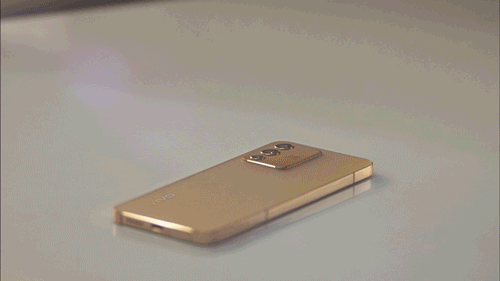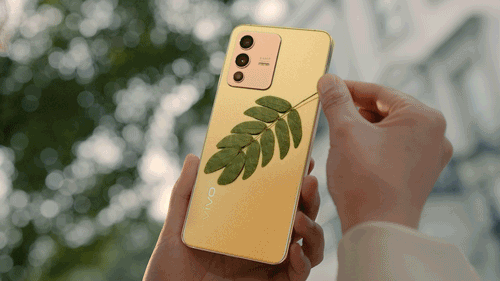
In its pursuit of excellence when it comes to satisfying consumer needs, the vivo X series has pushed the boundaries of mobile imaging time and time again. The vivo X50 Pro set out to redefine mobile photography worldwide. Equipped with the world’s first smartphone camera with an integrated gimbal stabilization feature, the acclaimed X50 Pro marked a new era of mobile imaging. The gimbal camera system improved with each new generation and even expanded to the portrait camera with the latest X80 Series.
Bold Innovation Begins
at the Drawing Board
The revolution in smartphone camera technology has unquestionably changed how people capture their life and experiences. We are more spontaneous in the way we take pictures and certainly, we do it more often. Smartphones have democratized photography, which is no longer solely the preserve of professionals. vivo wanted to further close the gap in image quality between cameras and smartphones by bringing professional photography features to smartphone users, making quality photography truly accessible to everyone.
Smartphone cameras have become more capable. Yet, taking clear hand-held photos and videos without the need for additional equipment remains a pain point for smartphone imaging. In 2020, vivo introduced the world’s first Gimbal Camera System with its flagship X50 Pro smartphone. Modeled after a full-size professional gimbal, X50 Pro’s built-in gimbal module moves in the opposite direction of shaking motions, providing increased stability for the main camera. It uses a double ball structure to achieve triple-axis rotation, ensuring three-dimensional stabilization.

Electromagnetic induction

"Double Ball Cross" Structure

Biaxial rotation
A Revolutionary Feature
Delivered in a Familiar Package
vivo devices boast a clean and contemporary aesthetic, characterized by a distinctive light and slim design. Maintaining vivo’s signature thinness while incorporating a gimbal structure represented an arduous task. vivo’s micro gimbal camera consists of several components, namely a limiting mechanism, double ball suspension, lens, voice coil motor, double S-type FPC cable, T-FPC, magnetic power frame, module carrier, and protective cove, which ultimately take up space in a device. In fact, the overall board area of a small gimbal solution is about five times that of an ordinary main camera. vivo tested hundreds of layout combinations and stacking schemes to develop an innovative solution that would save 40% of the phone’s board area and reduce its thinness by 1mm.*
The final design masterfully balances the exterior appearance and interior layout, while still ensuring satisfactory functioning.
The gimbal camera combines hardware and elegant software solutions to enable a smooth user experience. The Big-eye rear main camera rotates to bring the whole world into view, while the Gimbal Radar, an on-screen animated ball that reflects the gimbal’s movement, lets users know when the frame is stable. vivo’s motion-deblur algorithm, customized sensors, and continuous focus tracking further enhance the image and video clarity.
Redefining Smartphone
Imaging for Generations
Following the successful launch of the X50 Pro in 2020, the gimbal camera system improved with each new generation. In the following series, gimbal stabilization was upgraded with the addition of Pixel Shift Ultra HD Imaging which allows the X60 Pro and X60 Pro+ to deliver superior photography experiences with clearer images and more accurate colors to users. The X60 Pro also features an f/1.48 larger aperture which takes 16% more light than in previous models. Meanwhile, the AI noise reduction algorithm enhances brightness and reduces noise to present brighter, cleaner images. vivo’s independently developed night algorithm in the X60 series was extended to the wide-angle camera, improving its night capture effects.
In the X70 series, trough a multitude of height reduction techniques and design R&D, vivo has managed to miniaturize the Ultra-Sensing Gimbal Camera and apply it to the main cameras on the X70 and X70 Pro.
The main dual-camera setup of the X70 Pro+ includes a 48MP Ultra-Wide Gimbal Camera which offers wide-angle capture with no correction needed, as well as ultra-HD and ultra-wide night capture.
With the X80 Series, launched this year, the Gimbal Camera system was moved to the portrait camera to support a broader range of shooting scenarios. X80 Pro is equipped with a 50mm Gimbal Portrait Camera that brings the Camera Panning feature. It can shoot images with a clear subject and linear motion blur in the background by combining portrait motion tracking technology, human-background segmentation technology, and intelligent background bokeh technology, thus creating outstanding and dynamic portraits in any scenario.
*All data is based on our technical design parameters, laboratory test results and supplier test data. Actual performance may vary depending on software version, specific test environment and phone model.

It is often argued that achieving convenience in the digital era comes at a cost - lower security. At vivo, we refuse to make this trade-off. Combining innovative fingerprint scanning technology and clever, elegant design, in 2021 vivo launched its first smartphone with 3D Ultrasonic Large Fingerprint Sensor technology, bringing advanced security, convenience, and new levels of personalization to users.
This feature builds on years of pioneering innovation. vivo developed the first mass-produced in-display fingerprint recognition technology in 2018, breaking away from the conventional fingerprint scanners at the time, which featured sensors on the side or the back of the device. This clever design worked with the growing trend of larger and larger screens, without disrupting the experience. Today, vivo continues the user-centred approach to introducing new features, including the launch of the world’s first foldable phone with 3D Ultrasonic Dual-Screen Fingerprint Sensors, the X Fold, which has fingerprint sensors on the inner and outer screens for easy access.
Elegantly Designed for Convenience
The average smartphone user unlocks their phone quite frequently throughout the day, so vivo leverages clever design inside and out to make the experience convenient, simple, and tailored to the preferences of each user. Following our design principle of elegance, each touch point, both in terms of hardware and software, has been carefully crafted to allow for intuitive interaction and opportunities for users to express their individuality through enhanced personalization.
vivo’s 3D Ultrasonic Large Fingerprint Sensor has a notably larger scanning surface area, allowing for a flexible unlocking experience. The set-up process is immediate as the large reading area can almost instantly collect the required amount of biometric information for the fingerprint unlocking process. Users can set up fingerprint unlocking by simply pressing the display once, saving them minutes of waiting and tapping onto the sensor.
Once the fingerprint is set up, the sensor will deliver one of the fastest unlocking experiences in the mobile industry, at just 0.2 seconds*. The sensor also offers high-performance, even in extreme conditions, such as bright sunny outdoors or late evenings with low light exposure. Moreover, whether you have wet hands, oily or dusty fingers, vivo’s 3D Ultrasonic Large Fingerprint Sensor technology will continue to have a high success rate of unlocking.
The fingerprint scanning area situated under the display has been moved upward to achieve a more ergonomic design. In addition, the large area can now be split into three. Each of the two additional area unlocks the smartphone in a different mode based on the user’s choice. The user can choose two applications to appear directly on the lock screen and is also able to choose the layout in which they appear. Finally, the chosen applications can be launched directly from the lock screen, for the user’s ultimate convenience.


Advanced Security in One Touch
The fingerprint scanning authentication method has significant advantages over other security systems, but most importantly, it does not require users to memorize different passwords or login information. This also means that the fingerprint recognition technology used must be very reliable and accurate.
The vivo ultrasonic sensor meets high security standards, rejecting imposter photos and fingerprint molds.
It uses technological advances and ultrasonic waves to scan 3D features, capturing your finger’s ridges, valleys, and pores to generate a deeply accurate 3D image.
The feature is designed to allow for multiple levels of security. Users can set up a two-fingerprint authentication process, ensuring safe access to chosen apps such as payment apps, social media, or their personal media gallery, a solution that’s been carefully crafted with the user needs in mind.
*All data is based on our technical design parameters, laboratory test results and supplier test data. Actual performance may vary depending on software version, specific test environment and phone model.
